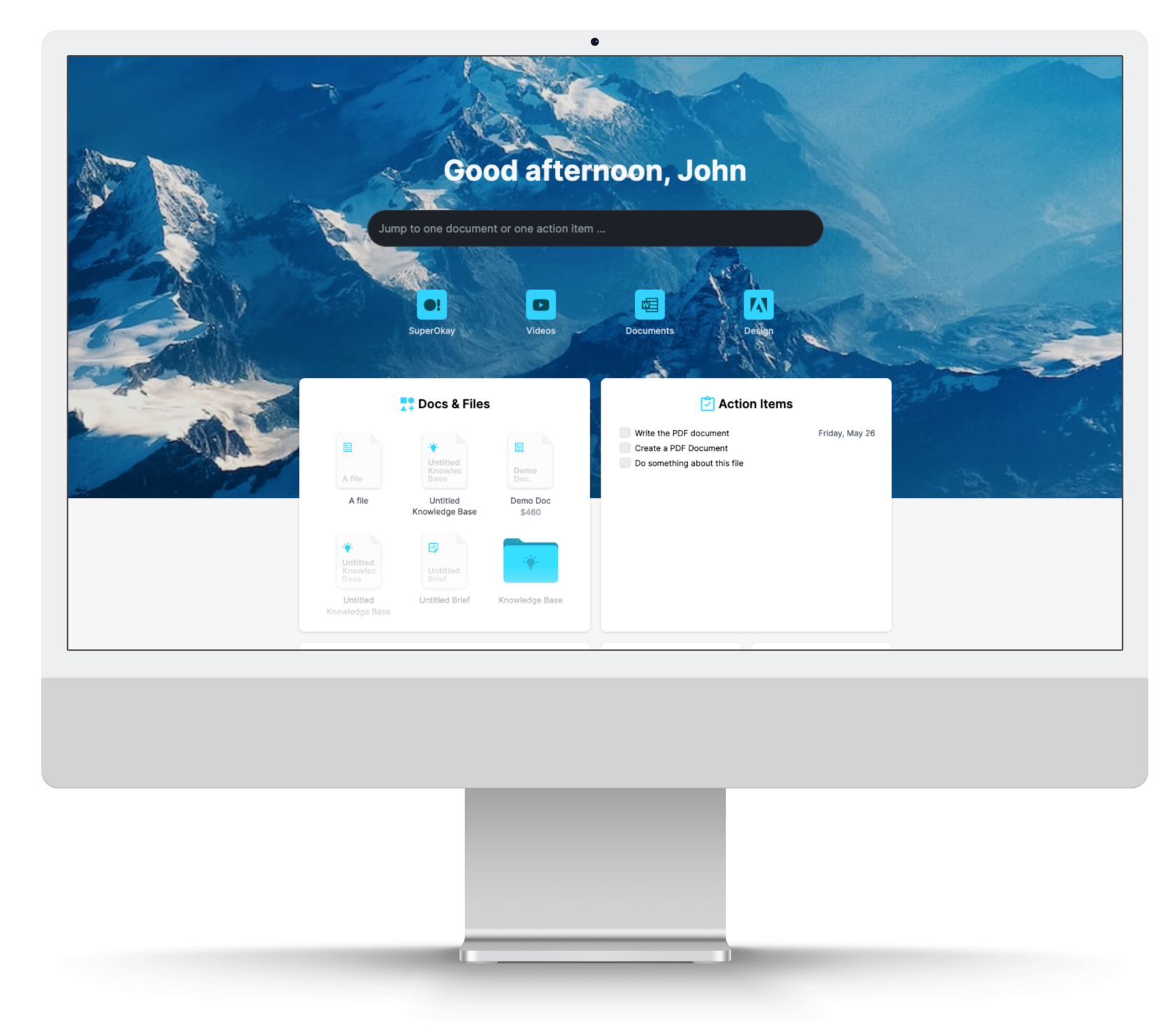
Ah, the smell of new business on a Monday morning! A potential new client needs a new website, the initial meeting went great and you seem to be on the same page. You can already see this collaboration working out great for everybody. You just need to get past THE question: How much is this going to cost?
We know this is a very common scenario (in which you get stuck most of the time) so we thought we’d share some tips & tricks to help you better price your design and development services.
1. Keep your enemies close
Try to find out as much as you can about your competition: their services, clients, fees etc. This should be the golden rule. You know what they say: “Keep your friends close, and your enemies closer”. This is one of the best ways to understand your position in the market so that your fees are fair.
2. Forget the 8-hour productive workday myth
Most design & development companies charge by the hour. When doing so, we all think about the 8-hour workday but seem to forget it’s a myth. In fact, research found out that in an eight-hour day, the average worker is only productive for two hours and 53 minutes. You heard that right. Even though it hurts, it’s good to remember this little fact when estimating how many days you’re going to need to complete a task.
3. Know your team’s true hourly cost
This is a tricky one because in order to accurately calculate your team’s hourly cost, you need to know all the variables, like what are each individual’s strengths and weaknesses, what keeps them productive and how efficient are they. Once you know this, the estimation process becomes much easier.
4. Understand your client’s business and industry
Before estimating you need to do your research. Look at the best projects launched by their competitors and search for patterns that might help you better understand what you’re supposed to do for your client.
If you’re not familiar with the industry they’re in, read about its specifics and what your client’s clients expect.
5. You should overestimate the unexpected
More often than not, agencies are overly optimistic at the beginning of the project and estimate with a very small error margin. That is dangerous. Imagine your Front End Developer gets sick 48 hours before launch day, and your client just emailed you a big list of changes they need done ASAP. This is the kind of scenario that you have to think about when estimating and planning any project. That’s why we recommend you use a healthy error margin when estimating so that even when things go unexpectedly wrong, you can still deliver on time and on budget.
6. Don’t close the deal too quickly
It isn’t as bad as it sounds. If you take some more time and try to understand what your client really needs, half of the job is already done and pricing the overall project doesn’t look so bad anymore. Communication is king here. Listen carefully and ask as many questions as you need to be sure you are on the same page with your client. This way, the starting point is clearer and the estimates more realistic.
7. Remember that some features should cost extra
– There are thousands of other agencies and companies that can build a basic website but there are features that only a few of them can deliver. Because some of them are more difficult to build the budget might need to be amended.
– Here are some extra features we are talking about
– Forums and chat rooms
– Contact forms and surveys
– E-mail addresses for the domain and auto-responders
– Ad tech integration
– Metrics: custom reports, Google Analytics etc
– SEO
– Social Media (Managing Facebook, LinkedIn, Instagram accounts)
8. You get what you pay for
Clients know that. From you, they must understand they’ll get better services and an overall superior experience, which comes with a higher price point. Winning projects by being the cheapest option is not a sustainable practice.
Price dictates quality so don’t worry about having less clients, worry about hiring more people to take care of your better paying ones. 😉
9. Know your worth and don’t be afraid to ask for it
Don’t underestimate yourself! Know how much you’re worth and then price your services accordingly. If you inspire confidence the client will be more than willing to pay the price because they know they are working with professionals who know what they’re doing
10. Remember that estimates are just that
Now that you’ve won your client’s business, it’s time to get to work. Don’t lose sight of your initial discussions and the expectations you set. When the scope of the project changes, or when you realise your estimates were off, be transparent about it with your client and work together to update the deadline and/or budget. Communicate early and often for a long and productive client relationship.
But wait… Because we think you are awesome we thought of giving you another tip:

11. Use SuperOkay
We know how hard it is to estimate. But a client portal for web designers can help, really!
Using SuperOkay will not only save you a lot of time but it will also give your clients the extra boost of trust and confidence they need to sign the deal.
Are you already using a Client Portal for web designers? SuperOkay gives you 1 client portal for web designers free forever to start creating professional-looking Client Portals, custom branded to your clients’ brands – Start today by clicking here!
—
Enjoyed the article? Here’s a few others you might like:

Project Management Tools: Learn How To Implement Them
In today’s fast-paced business environment, effective project management collaboration tools have become increasingly vital for organizations aiming to streamlin…

Client Communication: How to Improve (in 2024)
Improving client communication is a crucial aspect of any successful business. It not only helps to establish trust and credibility but also leads to repeat business a…

Client Portal Benefits: Top 10 in 2023
The future of customer relationships is here, and it’s in the form of client portals. Client portals are secure online platforms used by businesses to store, manage, a…

Customer Acquisition Cost for Freelancers
Customer Acquisition Cost (CAC) refers to the amount of money a freelancer invests in acquiring a new customer. It encompasses all the expenses incurred throughout the…